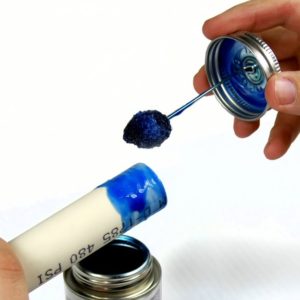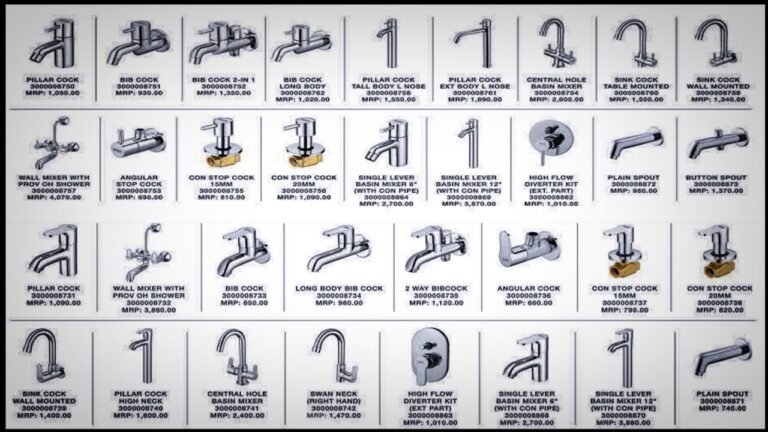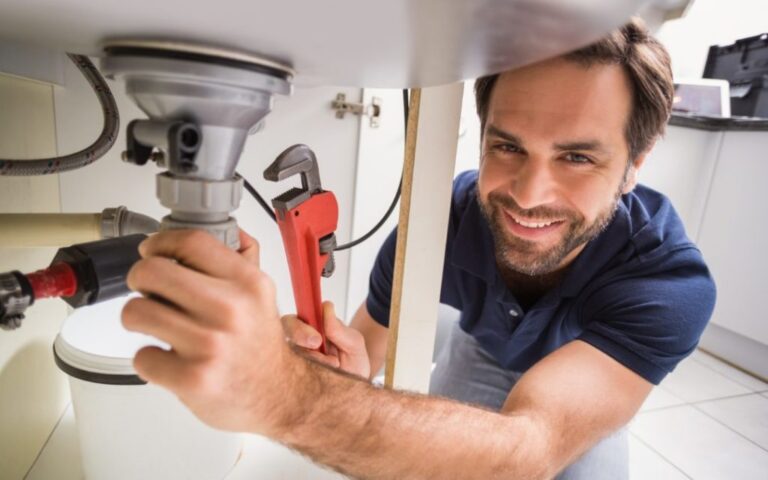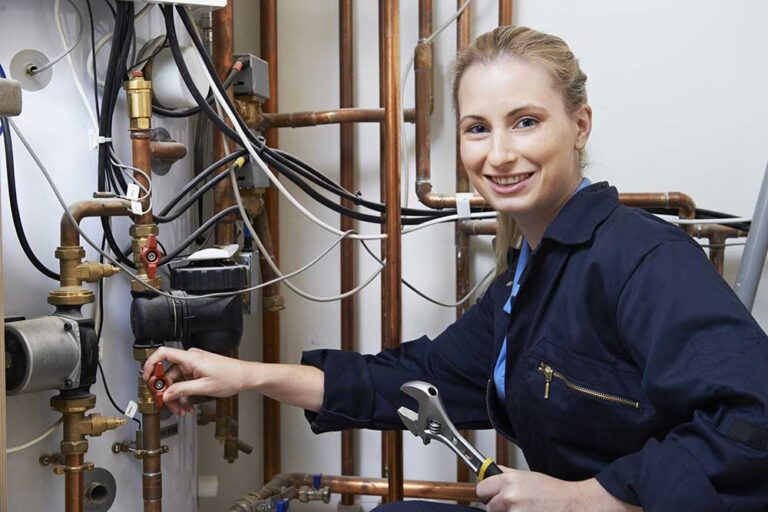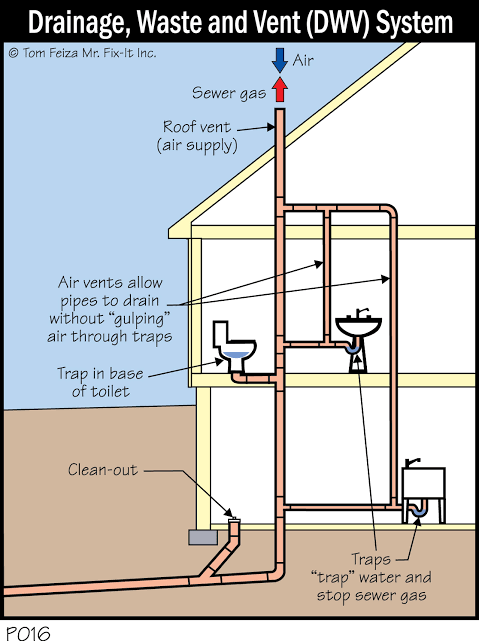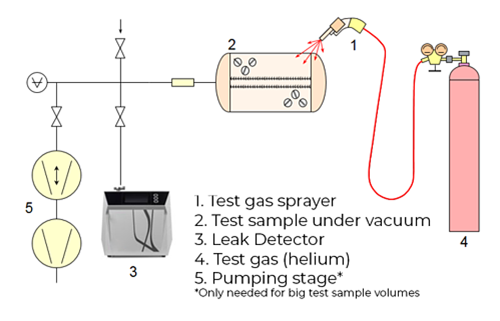Can I Repair CPVC With PVC?
CPVC and PVC are two distinct types of plastic, each with their own benefits and uses. CPVC is more heat and chemical resistant than PVC, making it suitable for hot and cold water distribution systems. However, it is not common to repair CPVC with PVC because the two plastics are not compatible. While it is possible to use a special adhesive to connect the two, the joint will not be as strong as an all-CPVC connection. Additionally, many local building codes do not allow the use of PVC to repair CPVC due to decreased strength and potential for water damage.
What is CPVC?
CPVC, or chlorinated polyvinyl chloride, is a type of plastic commonly used in plumbing applications. This material is extremely durable and resistant to corrosion, making it the ideal choice for plumbing pipes and fittings. CPVC pipes are typically more cost-effective than other types of piping, and they are very easy to install. However, due to the nature of CPVC’s chemical composition, it is not possible to repair CPVC with standard PVC (polyvinyl chloride). Instead, CPVC requires its own type of adhesive in order to create a proper seal. If you’re looking to repair a CPVC pipe or fitting, make sure to use CPVC-specific products to ensure that your repair is effective and long-lasting.
What is PVC?
PVC (Polyvinyl Chloride) is a thermoplastic material used in a wide range of applications, including construction, engineering, automotive, and more. PVC is a lightweight, durable, and cost-effective material that can be used for a variety of projects, from plumbing to electrical wiring. PVC is also very versatile, allowing for a range of customization options, from color and texture to strength and flexibility. In addition, PVC is resistant to corrosion and fire, making it an ideal choice for a variety of applications.
CPVC (Chlorinated Polyvinyl Chloride) is a type of PVC that has been treated with chlorine, making it more heat-resistant than regular PVC. This makes CPVC an ideal choice for plumbing applications, as it can handle hot water and other extreme temperatures without compromising its structural integrity. Additionally, CPVC is easier to install than traditional copper pipes, making it a popular choice for home renovations.
So, can you repair CPVC with PVC? The answer is no. CPVC is a special type of PVC that has been treated with chlorine, making it more resistant to extreme temperatures. PVC, on the other hand, is not designed to handle the same temperatures and may break down after extended exposure. Therefore, it is important to use the correct material for the job.
The Difference Between CPVC and PVC
CPVC and PVC are both popular materials used in many plumbing and piping applications. While they are similar in many ways, there are some key differences between the two. CPVC stands for chlorinated polyvinyl chloride, while PVC stands for polyvinyl chloride. The difference lies in the chemical composition; CPVC contains chlorine, which makes it more resistant to heat and pressure. This makes CPVC the better choice for projects that require higher temperatures or more pressure than traditional PVC. CPVC is also more flexible, making it easier to install in tight spaces. PVC is more rigid and is better suited for projects where strength is needed.
When it comes to repair, CPVC and PVC can both be repaired with the same materials. However, it’s important to keep in mind that CPVC is more resistant to heat and pressure, so repairs with CPVC need to be done more carefully and with more attention to detail. For example, CPVC will require a higher temperature glue than PVC, and the repair should be done with great care to ensure that the glue adheres properly.
In conclusion, CPVC and PVC can both be repaired with the same materials, but it is important to keep in mind that CPVC is more resistant to heat and pressure. Therefore, repairs with CPVC need to be done more carefully and with greater attention to detail.

Advantages and Disadvantages of CPVC and PVC
PVC and CPVC are two of the most popular materials used in plumbing today. Both materials have advantages and disadvantages, and they are often compared to one another in terms of performance, cost, and durability. In this blog post, we will discuss the advantages and disadvantages of both PVC and CPVC.
PVC (Polyvinyl Chloride) is a strong, rigid, and lightweight material that is often used for plumbing applications. It is resistant to chemicals and is relatively inexpensive. PVC is often used for smaller plumbing applications, such as drain lines and sprinkler systems. However, it can become brittle over time, and may not be suitable for some applications.
CPVC (Chlorinated Polyvinyl Chloride) is a stronger and more flexible version of PVC. It is more resistant to corrosion and has better temperature and pressure resistance. It is also suitable for a wide range of applications, from drain lines to hot water systems. CPVC is more expensive than PVC, but it is often the best option for larger plumbing projects.
When it comes to repairing CPVC with PVC, it is possible, but not recommended. CPVC is specifically designed to be more resistant to corrosion and high temperatures, so using PVC to repair a CPVC pipe could result in weakened joints that are more prone to leakage. It is best to use the same material when repairing CPVC pipes.
Can CPVC Be Repaired With PVC?
CPVC (Chlorinated Polyvinyl Chloride) and PVC (Polyvinyl Chloride) are both forms of plastic, but are not interchangeable. CPVC is used for water supply lines, while PVC is commonly used for drain-waste-vent systems. That said, there are certain circumstances where PVC can be used to repair CPVC.
It is possible to use PVC to repair CPVC pipes, but it should only be done when absolutely necessary. Since the two plastics have different chemical compositions, they will expand and contract at different rates, which can lead to leaks over time. However, if used properly, PVC can be an effective short-term solution for an emergency repair.
When PVC is used to repair CPVC, it is important to ensure that the PVC is properly sized. If the PVC is too large, stress concentrations may occur, which can lead to cracks in the CPVC. Additionally, it is important to use the proper type of cement for the repair. PVC cement is not compatible with CPVC, so make sure to use a CPVC solvent cement if needed.
In summary, while it is possible to use PVC to repair CPVC, it should only be done as a short-term solution in emergency situations. If done improperly, it can lead to leaks and other problems. Make sure to use the proper size and type of cement for the repair and to use caution when attempting any repair job.
Potential Issues When Repairing CPVC with PVC
When it comes to plumbing projects, using the wrong materials can lead to some costly mistakes. CPVC and PVC are two common materials used for plumbing projects, and while they are often considered interchangeable, they are actually quite different. CPVC is a type of plastic pipe that is more heat-resistant and durable than PVC. However, while CPVC is more durable, it is also more prone to damage. That’s why it’s important to know the difference between them and understand when and why you should use each material. This article will discuss the potential issues that can arise when repairing CPVC with PVC, as well as why it is important to use the correct material for your plumbing project.
CPVC is more resistant to heat than PVC, and therefore can withstand higher temperatures than PVC. This makes it ideal for hot water lines, since it can handle the higher temperatures without risk of damage. However, when it comes to repairing CPVC with PVC, the two materials are not compatible. PVC is less heat resistant and can become brittle and crack if exposed to high temperatures. If you try to use PVC to repair CPVC, it could end up causing more damage to the pipe rather than fixing it.
In addition to the risk of damage from heat, using PVC to repair CPVC can also lead to leaks and water damage. CPVC is designed to provide a tight seal, whereas PVC is not. If you try to use PVC to repair a CPVC pipe, the seal will not be as effective, and water can escape from the pipe. This can lead to costly water damage and further repair costs.
Overall, it is important to use the correct material when repairing CPVC. Trying to use PVC could potentially lead to more damage and costly repair bills. When in doubt, it is best to consult a professional plumber to ensure that your plumbing project is done correctly and safely.
FAQs About the Can I Repair CPVC With PVC?
1. Is it safe to use PVC to repair CPVC piping?
Yes, it is safe to use PVC to repair CPVC piping as long as the correct adhesive is used. The two materials are not compatible and require a specific type of adhesive.
2. Can I use the same type of adhesive for both CPVC and PVC?
No, you cannot use the same type of adhesive for both CPVC and PVC. It is important to use the correct adhesive for the material being used to ensure a strong and secure repair.
3. Is it possible to repair a CPVC pipe without replacing it?
Yes, it is possible to repair a CPVC pipe without replacing it. To do so, the damaged section of the pipe must be cut out and replaced with a new piece of CPVC pipe. The new piece should then be securely attached using the appropriate adhesive.
Conclusion
It is possible to repair CPVC with PVC but it is not advised. PVC and CPVC have different chemical compositions and physical properties, and using one to repair the other can lead to structural and chemical incompatibilities. It is best to use the appropriate material when repairing CPVC pipes.

